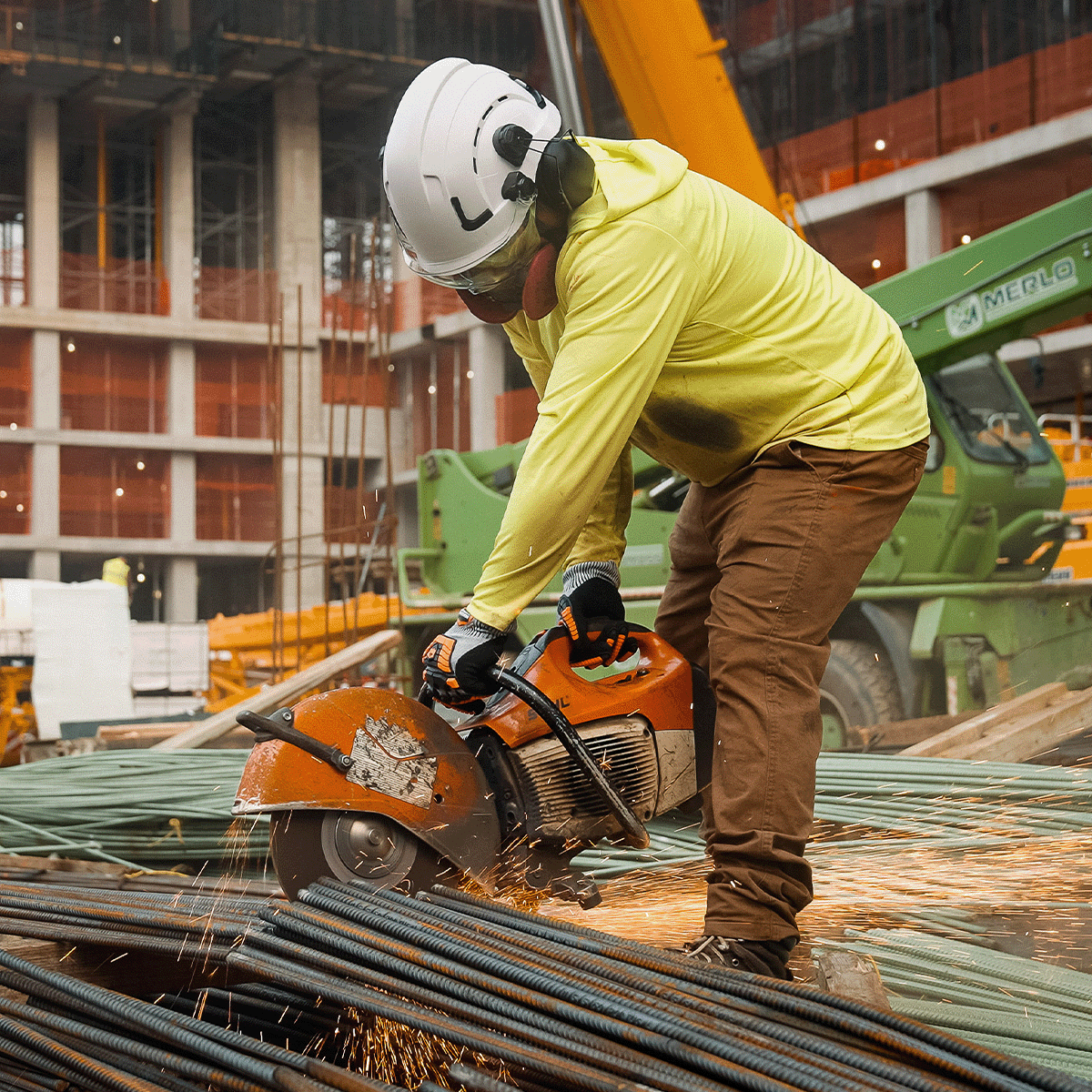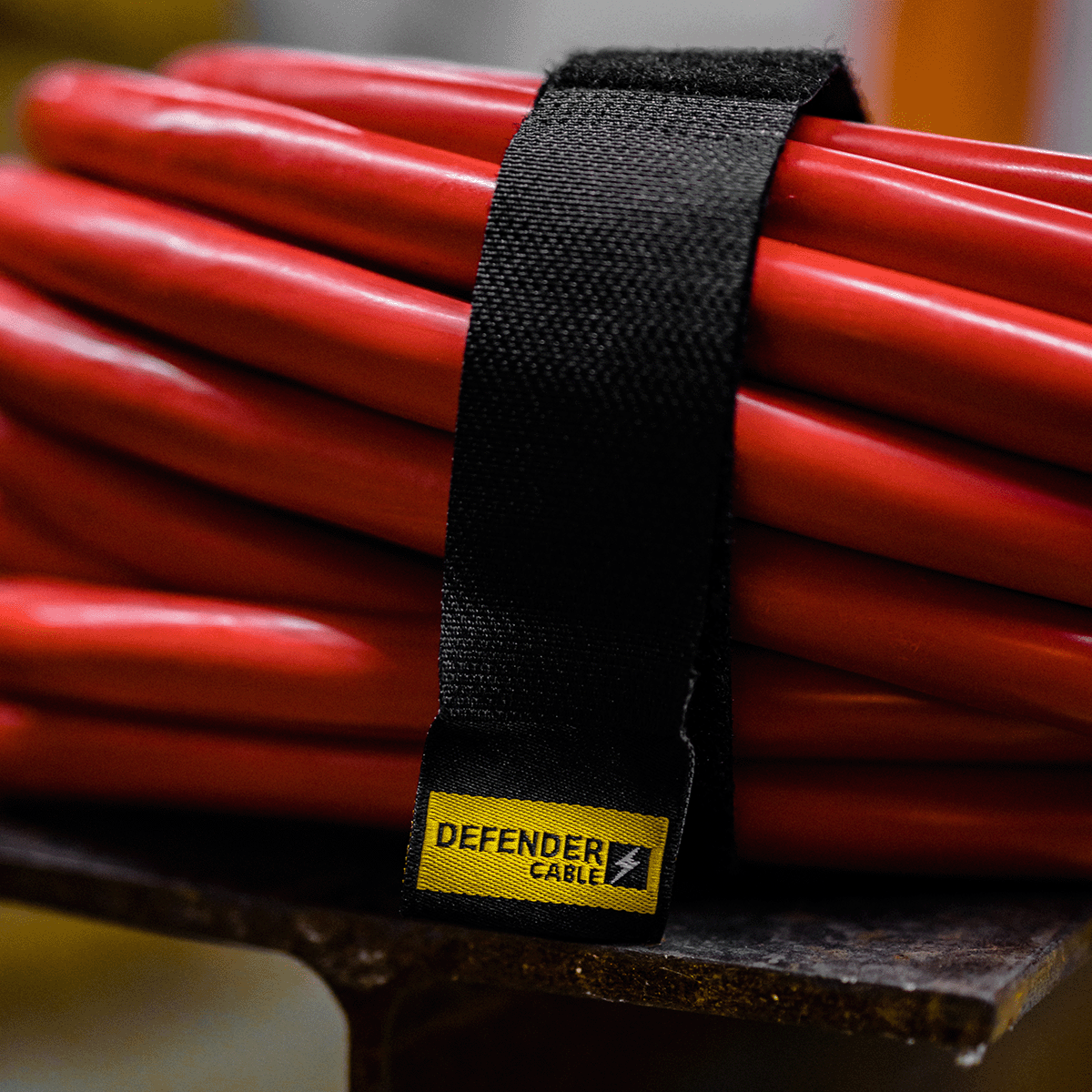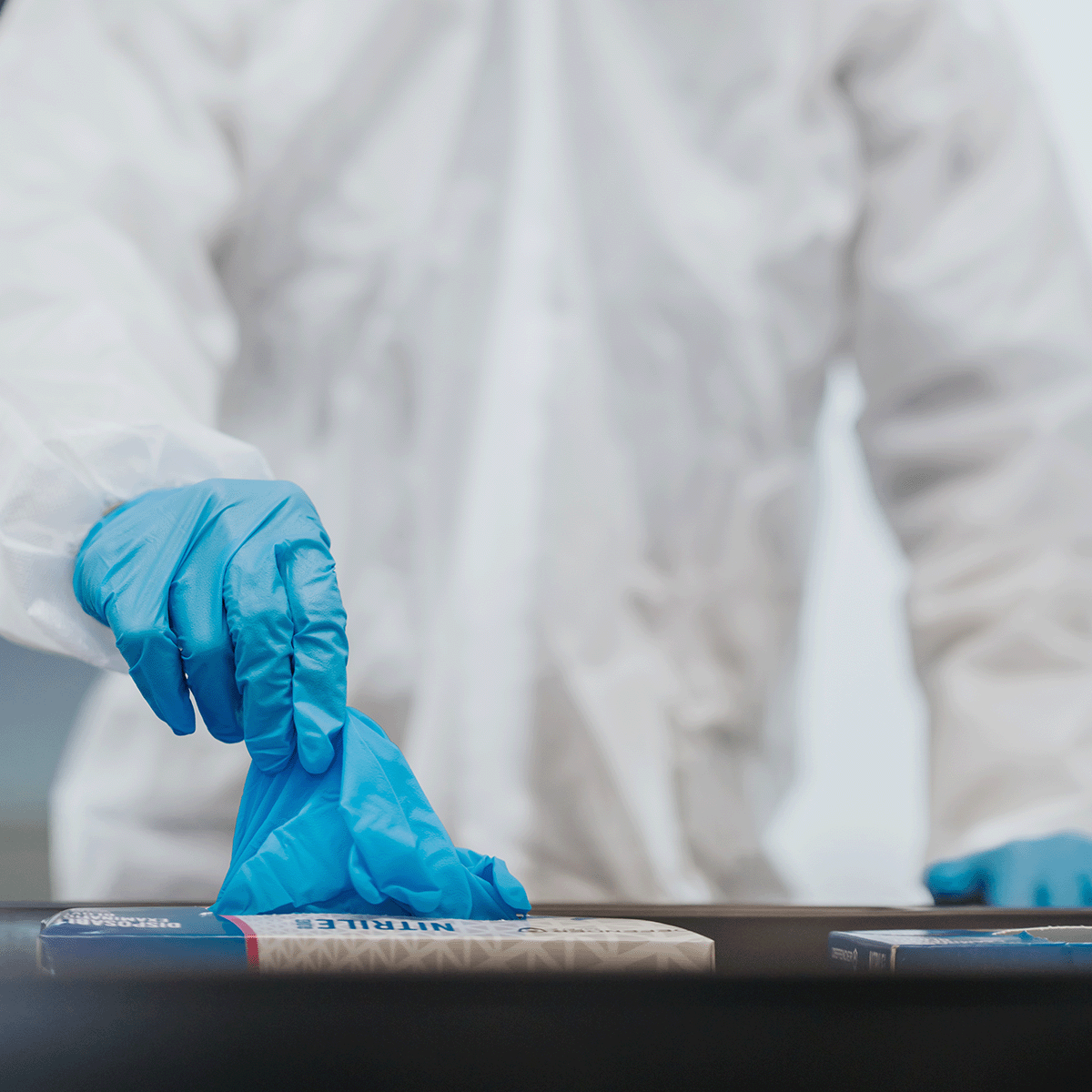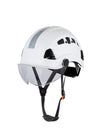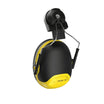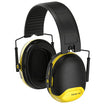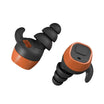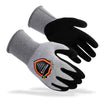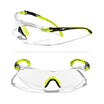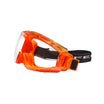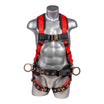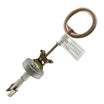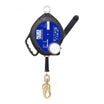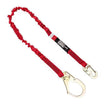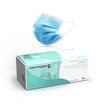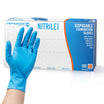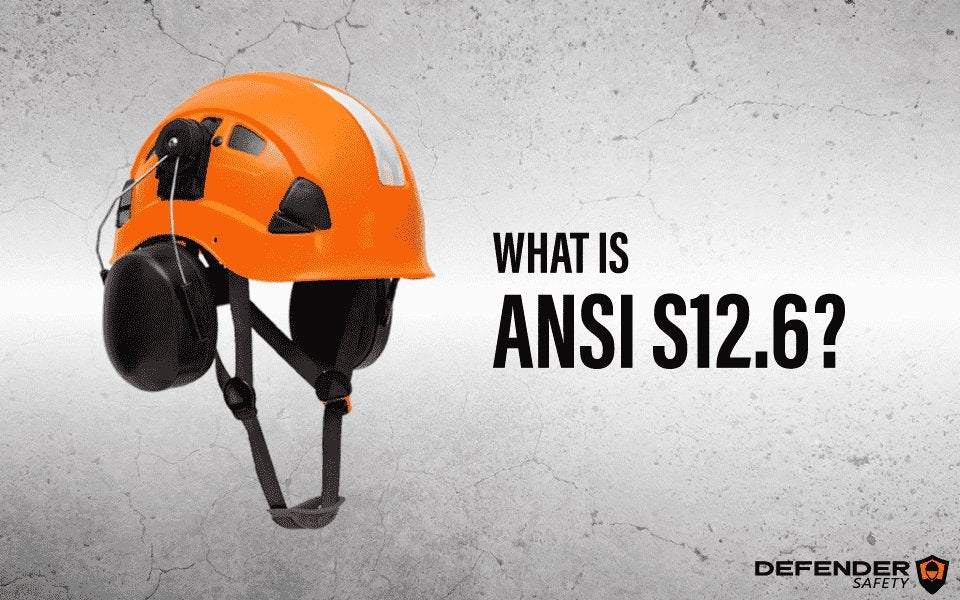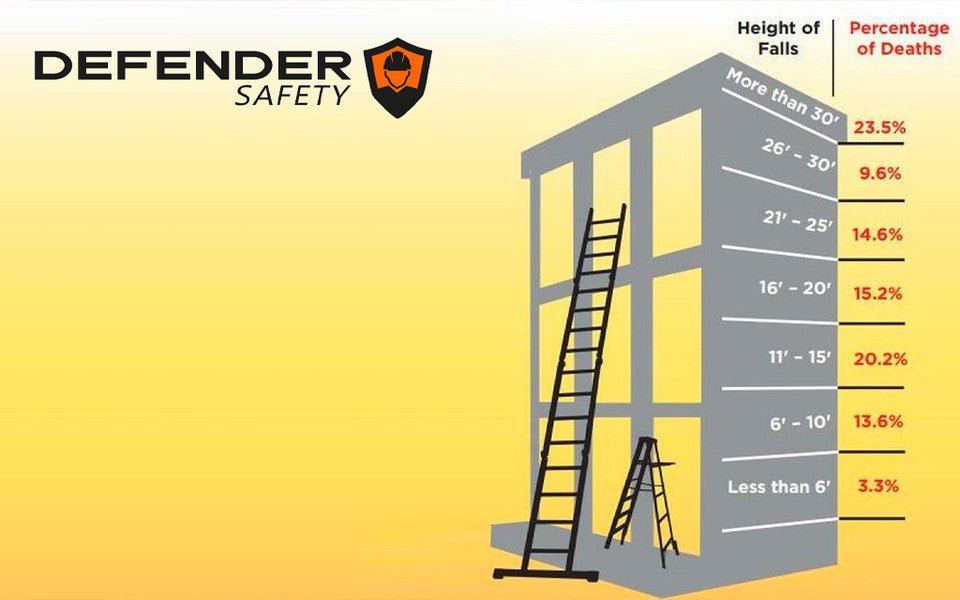What are the ANSI/ASA S12.6 testing methods for hearing protectors?
The ANSI S12.6 defines two approaches to testing. The methods are:- Method A: Trained Subject Fit
- Method B: Inexperienced-Subject Fit
 Processing the Data The subjects in both methods are exposed to frequencies of 125, 250, 500, 1000, 2000, 4000, and 8000 Hz. The thresholds, minimum decibels heard by the subject's ear, are recorded for each frequency. The REAT at each frequency is calculated by averaging the two trials (the difference between the occluded and open thresholds). The NRR is estimated with the overall attenuation mean, which includes the REAT for each frequency and individual results.
Processing the Data The subjects in both methods are exposed to frequencies of 125, 250, 500, 1000, 2000, 4000, and 8000 Hz. The thresholds, minimum decibels heard by the subject's ear, are recorded for each frequency. The REAT at each frequency is calculated by averaging the two trials (the difference between the occluded and open thresholds). The NRR is estimated with the overall attenuation mean, which includes the REAT for each frequency and individual results.

